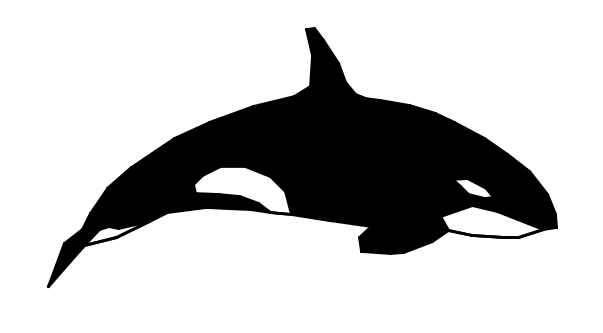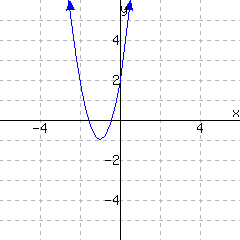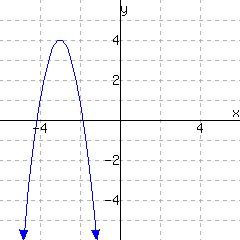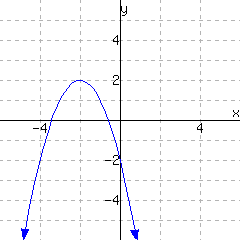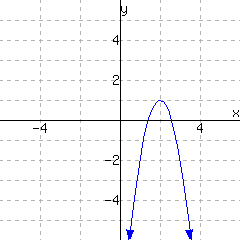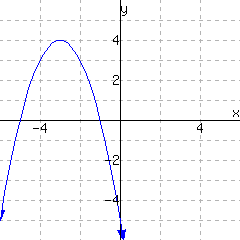35
An object was launched from the top of a hill with an upward vertical velocity of \(50\) feet per second. The height of the object can be modeled by the function \(h(t)={-16t^{2}+50t+200}\text{,}\) where \(t\) represents the number of seconds after the launch. Assume the object landed on the ground at sea level. Find the answer using graphing technology.
The object’s height was feet when it was launched.
36
An object was launched from the top of a hill with an upward vertical velocity of \(70\) feet per second. The height of the object can be modeled by the function \(h(t)={-16t^{2}+70t+100}\text{,}\) where \(t\) represents the number of seconds after the launch. Assume the object landed on the ground at sea level. Find the answer using graphing technology.
Use a table to list the object’s height within the first second after it was launched, at an increment of \(0.1\) second. Fill in the blanks. Round your answers to two decimal places when needed.
| Time in Seconds |
Height in Feet |
| \(0.1\) |
|
| \(0.2\) |
|
| \(0.3\) |
|
37
An object was launched from the top of a hill with an upward vertical velocity of \(90\) feet per second. The height of the object can be modeled by the function \(h(t)={-16t^{2}+90t+300}\text{,}\) where \(t\) represents the number of seconds after the launch. Assume the object landed on the ground at sea level. Use technology to find the answer.
The object was feet in the air \(4\) seconds after it was launched.
38
An object was launched from the top of a hill with an upward vertical velocity of \(110\) feet per second. The height of the object can be modeled by the function \(h(t)={-16t^{2}+110t+200}\text{,}\) where \(t\) represents the number of seconds after the launch. Assume the object landed on the ground at sea level. Find the answer using technology.
seconds after its launch, the object reached its maximum height of feet.
39
An object was launched from the top of a hill with an upward vertical velocity of \(120\) feet per second. The height of the object can be modeled by the function \(h(t)={-16t^{2}+120t+100}\text{,}\) where \(t\) represents the number of seconds after the launch. Assume the object landed on the ground at sea level. Find the answer using technology.
seconds after its launch, the object fell to the ground at sea level.
40
An object was launched from the top of a hill with an upward vertical velocity of \(140\) feet per second. The height of the object can be modeled by the function \(h(t)={-16t^{2}+140t+250}\text{,}\) where \(t\) represents the number of seconds after the launch. Assume the object landed on the ground at sea level. Find the answer using technology. Round your answers to two decimal places. If there is more than one answer, use a comma to separate them.
The object was \(483\) feet high at the following number of seconds after it was launched: .
41
In a race, a car drove through the starting line at the speed of \(6\) meters per second. It was accelerating at \(3.9\) meters per second squared. Its distance from the starting position can be modeled by the function \(d(t)={1.95t^{2}+6t}\text{.}\) Find the answer using technology.
After seconds, the car was \({172.8}\) meters away from the starting position.
42
In a race, a car drove through the starting line at the speed of \(3\) meters per second. It was accelerating at \(4.4\) meters per second squared. Its distance from the starting position can be modeled by the function \(d(t)={2.2t^{2}+3t}\text{.}\) Find the answer using technology.
After seconds, the car was \({473.2}\) meters away from the starting position.
43
A farmer purchased \(800\) meters of fencing, and will build a rectangular pen with it. To enclose the largest possible area, what should the pen’s length and width be? Model the pen’s area with a function, and then find its maximum value.
Use a comma to separate your answers.
To enclose the largest possible area, the pen’s length and width should be meters.
44
A farmer purchased \(210\) meters of fencing, and will build a rectangular pen along a river. This implies the pen has only \(3\) fenced sides. To enclose the largest possible area, what should the pen’s length and width be? Model the pen’s area with a function, and then find its maximum value.
To enclose the largest possible area, the pen’s length and width should be meters.
